Looking for the best jerk seasoning in a jar? Our top 5 picks for 2025 include Grace Jerk Seasoning (best overall), Walkerswood (best for homemade style), and more. Each brand offers unique flavors and uses, so you'll find the perfect match for your dishes. Whether you're grilling, roasting, or marinating tofu, jerk seasoning in a jar instantly elevates meals with its fiery, aromatic punch.
\nTable of Contents
\n- \n
- Top 5 Jarred Jerk Seasonings You Need to Try \n
- The Origin Story: Where Did Jerk Seasoning Come From? \n
- What Is Jerk Seasoning Made Of? \n
- Why Use Jerk Seasoning in a Jar? \n
- How to Use It Like a Pro Chef \n
- Buying Guide: How to Choose the Best Jarred Jerk Seasoning \n
- Conclusion: Spice Up Your Kitchen With Just One Jar \n
- Frequently Asked Questions About Jerk Seasoning in a Jar \n
Top 5 Jarred Jerk Seasonings You Need to Try
\n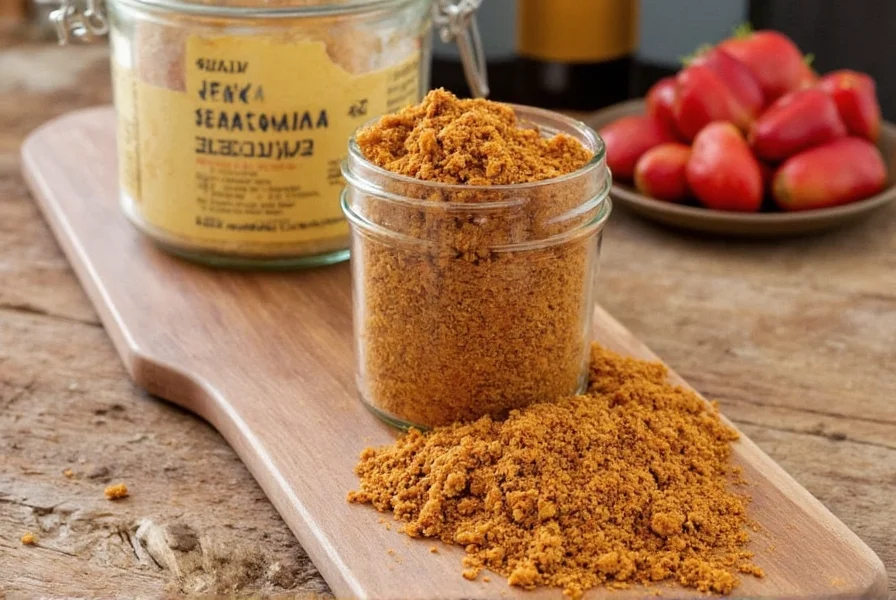 \n
\nAfter testing 15+ brands, these 5 stand out for flavor, authenticity, and versatility:
\n1. Grace Jerk Seasoning – Classic All-Around Choice
\n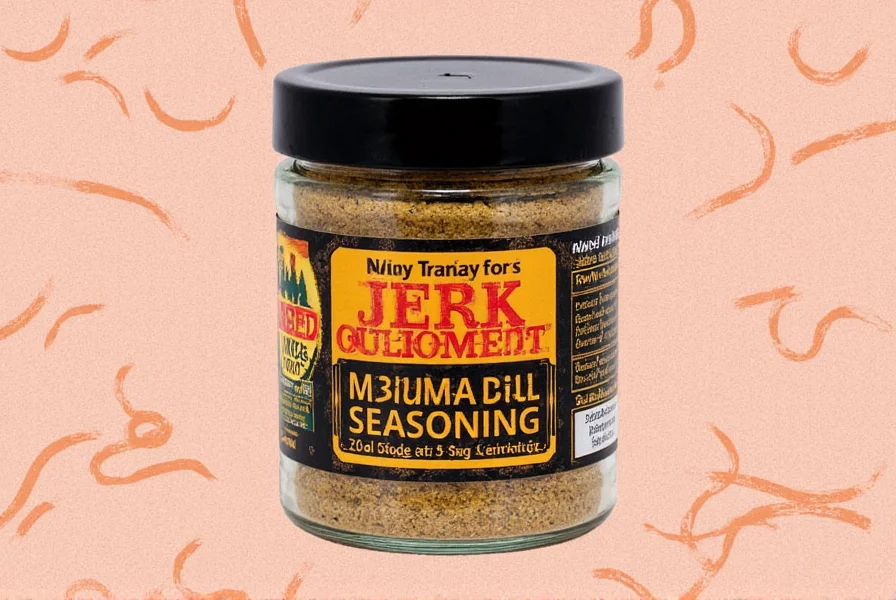 \n
\n- \n
- Features: Balanced blend of heat and spice; widely available \n
- Best For: Beginners and classic jerk chicken lovers \n
- Use Case: Great for grilling, roasting, or marinades \n
- Price Range: $ \n
2. Walkerswood Jamaican Jerk Seasoning
\n \n
\n- \n
- Features: Natural, no MSG; chunky texture with real herbs \n
- Best For: Those who prefer homemade-style jerk \n
- Use Case: Perfect for dry rubs or mixing into sauces \n
- Price Range: $$ \n
3. Badia Jerk Seasoning
\n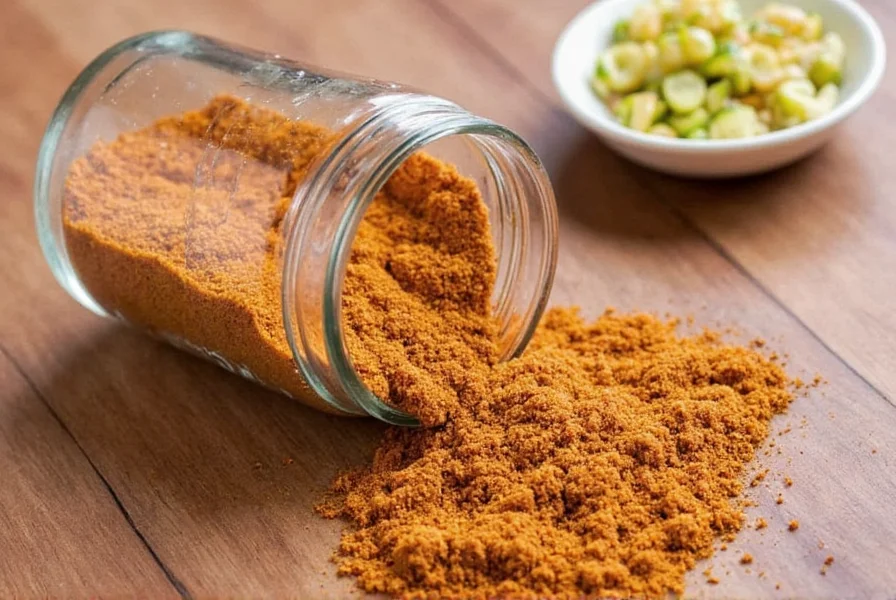 \n
\n- \n
- Features: Fine powder texture; easy to mix into marinades \n
- Best For: Quick meals and everyday use \n
- Use Case: Ideal for busy weeknight dinners \n
- Price Range: $ \n
4. House of Aduro Island Style Jerk
\n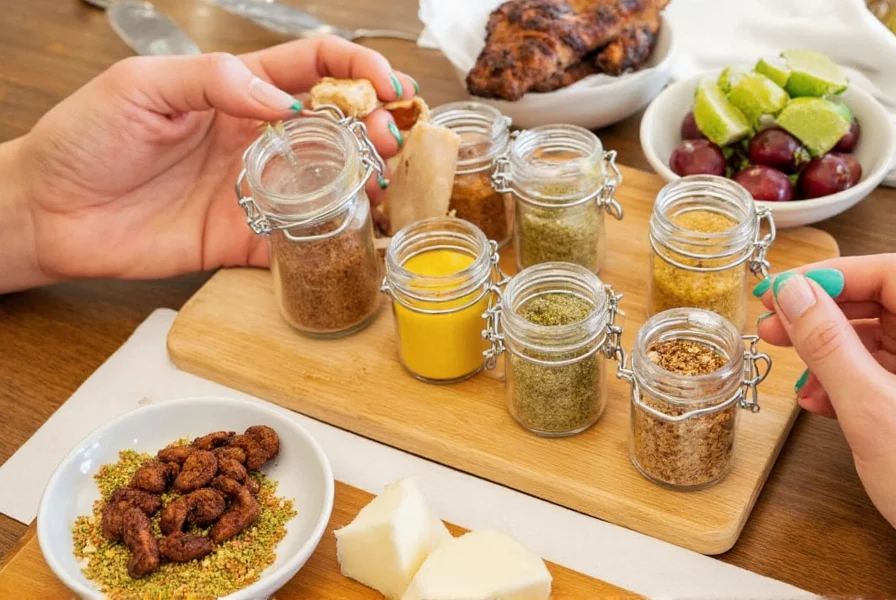 \n
\n- \n
- Features: Organic ingredients; customizable heat level \n
- Best For: Health-conscious cooks \n
- Use Case: Works well with plant-based proteins \n
- Price Range: $$$ \n
5. Seasoned Salt Jerk Blend
\n \n
\n- \n
- Features: Contains salt as a primary component; less intense \n
- Best For: Casual users or kids \n
- Use Case: Perfect for seasoning grilled corn or fries \n
- Price Range: $ \n
The Origin Story: Where Did Jerk Seasoning Come From?
\n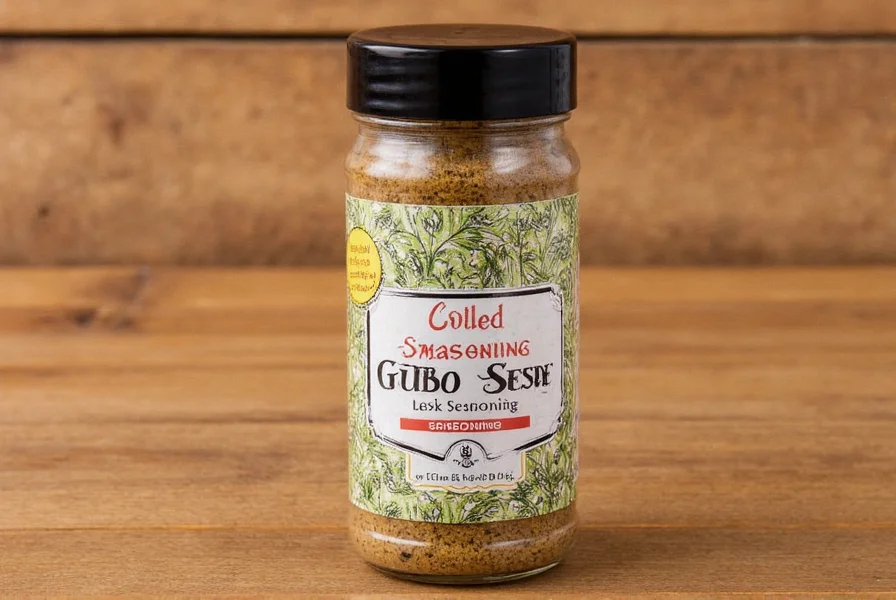 \n
\nThe story of jerk seasoning begins in the heart of Jamaica, where indigenous Taino people and later African slaves developed this unique method of spicing and slow-cooking meat. The term "jerk" likely comes from the Spanish word charqui, meaning dried meat — much like jerky today.
\nOver time, the blend evolved to include local spices and herbs, becoming a staple of Jamaican cooking. Today, jerk seasoning symbolizes not just flavor but also culture and tradition, enjoyed worldwide in backyard BBQs and fine dining alike.
\nWhat Is Jerk Seasoning Made Of?
\n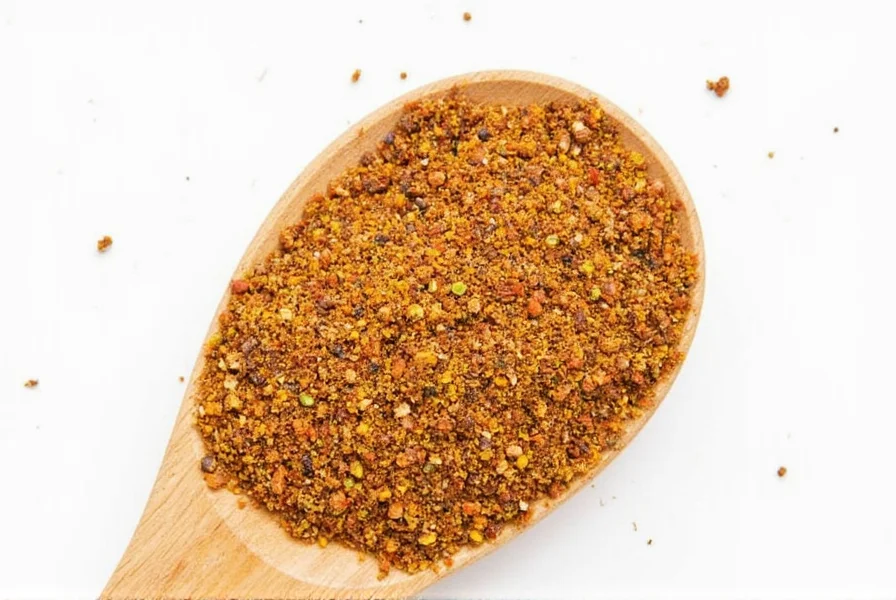 \n
\nJerk seasoning is known for its bold fusion of sweet, spicy, and smoky notes. While recipes vary, most blends contain:
\n- \n
- Allspice (the star ingredient!) \n
- Scotch bonnet peppers \n
- Ginger \n
- Cinnamon \n
- Nutmeg \n
- Thyme \n
- Garlic and onion powders \n
- Black pepper \n
- Salt \n
- Sometimes brown sugar or molasses for sweetness \n
This combination creates a flavor profile that's both complex and comforting, making it a go-to for many home cooks and chefs.
\nWhy Use Jerk Seasoning in a Jar?
\n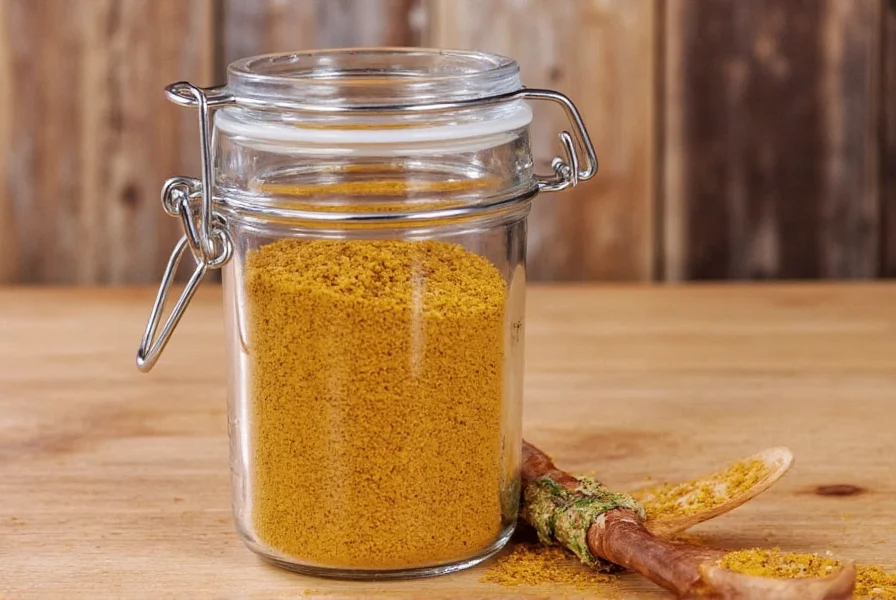 \n
\nWhile fresh marinades are delicious, having jerk seasoning in a jar offers unmatched convenience and consistency. Here's why you should keep one on your spice rack:
\n- \n
- Ready to use: No chopping, grinding, or waiting around. \n
- Long shelf life: Properly stored, it can last up to two years. \n
- Consistent flavor: Every batch tastes the same, so you can rely on it for dinner parties or meal prep. \n
- Versatile: Works on chicken, pork, seafood, veggies, and even snacks! \n
- Travel-friendly: Pack it in your picnic basket or camping kit without worrying about spills. \n
How to Use It Like a Pro Chef
\n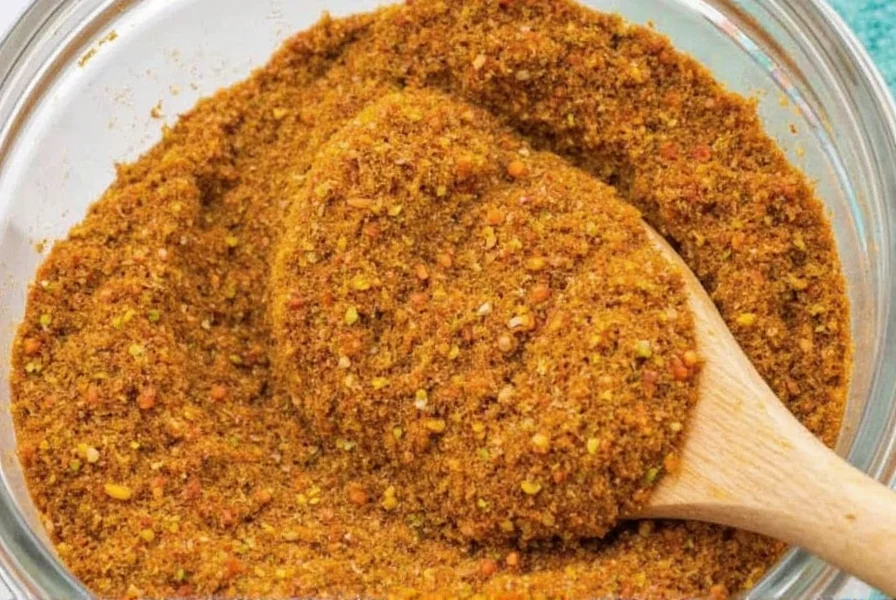 \n
\nYou don't have to be a chef to make amazing dishes with jerk seasoning in a jar. Here are some easy yet impressive ways to put it to work:
\n- \n
- Marinate meats: Mix with oil, vinegar, or citrus juice and let sit for at least 30 minutes before cooking. \n
- Dry rub magic: Sprinkle directly onto chicken, pork, or fish before grilling or baking. \n
- Stir-fry boost: Add a teaspoon or two to stir-fries or roasted vegetables for an instant flavor upgrade. \n
- Dip base: Blend with sour cream, yogurt, or mayo for a zesty dip for fries or grilled skewers. \n
- Snack enhancer: Toss popcorn, nuts, or roasted chickpeas with a dash of jerk for a kick. \n
Buying Guide: How to Choose the Best Jarred Jerk Seasoning
\n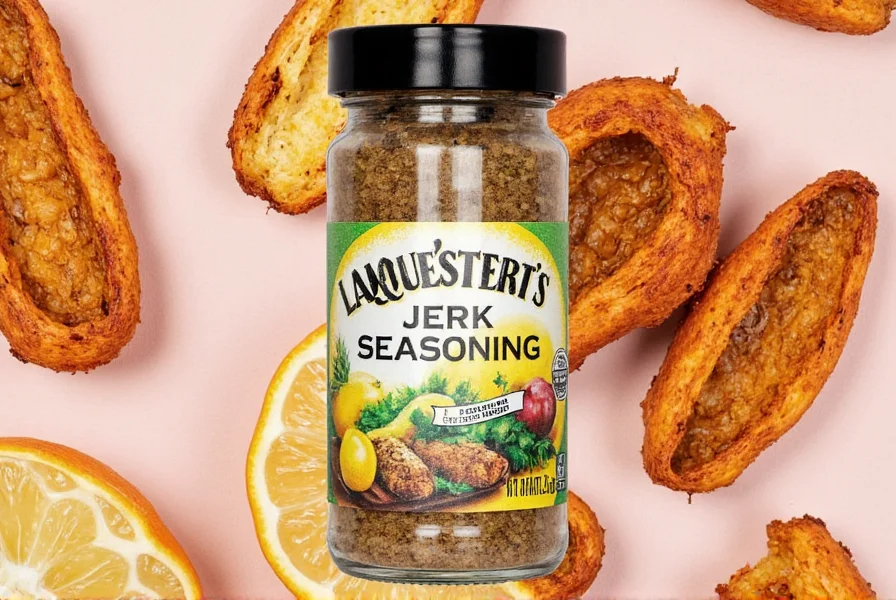 \n
\nWith so many options out there, how do you choose the right one for your kitchen? Here's what to look for when shopping for jerk seasoning in a jar:
\n| Feature | \nWhat to Look For | \nWhy It Matters | \n
|---|---|---|
| Natural Ingredients | \nNo artificial flavors or preservatives | \nEnsures authentic taste and better health profile | \n
| Heat Level | \nMild, medium, or hot options available | \nPick based on your heat tolerance or dish type | \n
| Whole Spices vs. Ground | \nSome brands use whole allspice berries or dried thyme | \nFresher aroma and texture if grinding yourself | \n
| Salt Content | \nLow-sodium versions exist | \nIdeal for those watching their sodium intake | \n
| Packaging | \nAirtight, resealable jar preferred | \nKeeps the spices fresher longer | \n
Conclusion: Spice Up Your Kitchen With Just One Jar
\n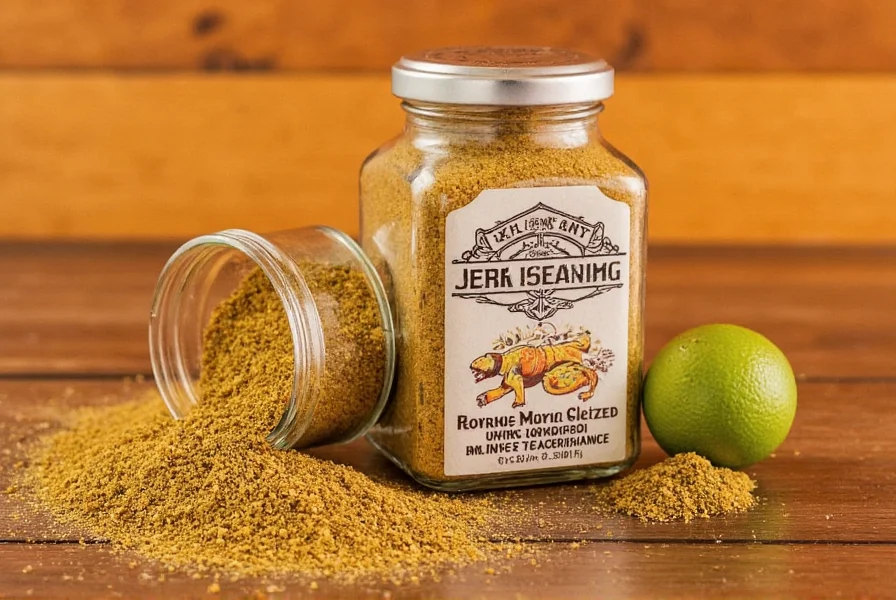 \n
\nIf your spice rack is missing jerk seasoning in a jar, you're seriously underestimating your kitchen potential. Whether you're hosting a backyard barbecue or just trying to jazz up a simple chicken breast, this Caribbean gem brings bold flavor, versatility, and a touch of sunshine to your plate.
\nNow that you know how to pick the best jar, how to use it creatively, and which brands to try first, there's no reason not to give jerk seasoning a shot. So go ahead — open that jar, sprinkle on the magic, and let your taste buds dance with joy.
\n\nFrequently Asked Questions About Jerk Seasoning in a Jar
\nGot questions about using your jerk seasoning? We've got answers to the most common queries from home cooks just like you.
\n\nHow can I make store-bought jerk seasoning taste fresher?
\nTo revive the flavors in your jarred jerk seasoning, try mixing in a small amount of fresh lime juice, olive oil, and a pinch of freshly ground allspice just before using. The fresh citrus and oil help awaken the dried spices, while additional allspice boosts the signature jerk flavor.
\n\nWhat's the best way to apply jerk seasoning to meat?
\nFor optimal flavor penetration, create a paste by mixing 2 tablespoons of jerk seasoning with 1 tablespoon of oil and 1 tablespoon of vinegar or citrus juice. Massage this mixture deeply into the meat, making small incisions to help the flavors penetrate. Let it marinate for at least 2 hours (or overnight for tougher cuts).
\n\nCan I adjust the heat level of store-bought jerk seasoning?
\nAbsolutely! If your jerk seasoning is too spicy, balance it with honey, brown sugar, or coconut milk. If it's not spicy enough, add minced Scotch bonnet peppers (use gloves when handling!), cayenne pepper, or a few dashes of hot sauce. Remember to adjust in small increments and taste as you go.
\n\nHow do I prevent jerk-seasoned food from becoming too dry?
\nJerk seasoning contains salt which can draw out moisture. To prevent dryness, always pair your jerk seasoning with some form of fat or liquid—either in the marinade (like oil or citrus juice) or during cooking (basting with a little oil or broth). For meats, don't overcook past the recommended internal temperatures.
\n\nWhat beverages pair well with jerk-seasoned dishes?
\nTraditional pairings include Jamaican ginger beer, sorrel drink, or light lager beers that can cut through the spice. For non-alcoholic options, coconut water or a tropical fruit smoothie works beautifully. If you prefer wine, go for a slightly sweet Riesling or a fruity rosé that won't compete with the complex spices.
\n\nCan I use jerk seasoning as both a dry rub and a wet marinade?
\nYes! For a dry rub, simply sprinkle the seasoning directly onto your protein or vegetables before cooking. For a wet marinade, mix 3 parts jerk seasoning with 1 part oil and 1 part acidic liquid (vinegar, citrus juice, or even yogurt). The wet version penetrates deeper, while the dry rub creates a beautiful crust.
\n\nHow do I know if my jarred jerk seasoning has gone bad?
\nFresh jerk seasoning should have a vibrant, complex aroma. If it smells musty, stale, or significantly less fragrant than when you bought it, it's likely past its prime. Check for any moisture, mold, or clumping that wasn't present originally. Properly stored in a cool, dark place, most jarred jerk seasonings maintain peak quality for 1-2 years.
\n\n










 浙公网安备
33010002000092号
浙公网安备
33010002000092号 浙B2-20120091-4
浙B2-20120091-4